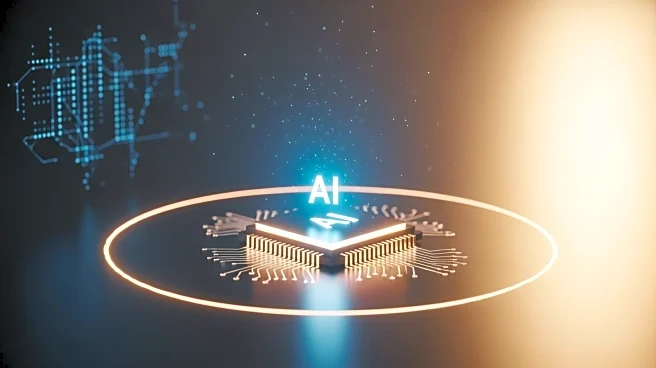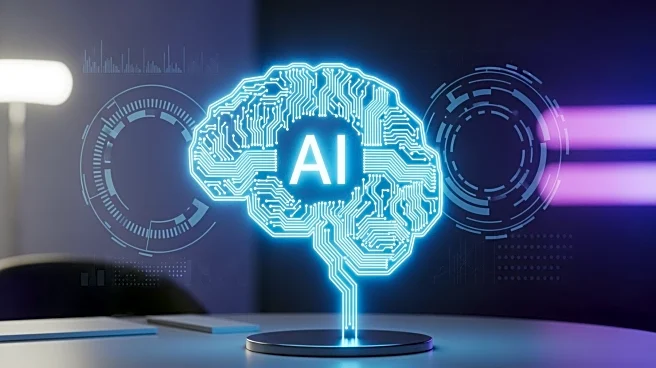What's Happening?
Jessica Pack, a 6th grade language arts teacher at James Workman Middle School in Riverside County, California, is utilizing artificial intelligence to help her students visualize their reading comprehension.
By using Adobe Express, students create image prompts that reflect the passages they read, providing a non-textual representation of their understanding. This approach is particularly beneficial for English-learner students, offering them an alternative way to engage with the material. The use of AI in the classroom is part of a broader trend of integrating technology to enhance learning experiences.
Why It's Important?
The integration of AI in education represents a significant shift in teaching methodologies, offering new ways to engage students and cater to diverse learning needs. By providing visual representations of reading material, AI tools can help bridge gaps for students who struggle with traditional text-based learning. This approach not only supports English learners but also accommodates varying reading levels within a classroom, promoting inclusivity and personalized learning. The use of AI in education can lead to improved comprehension and retention, preparing students for a future where technology plays a central role in various fields.
What's Next?
As AI continues to be integrated into educational settings, teachers may explore additional applications to support learning across subjects. The success of AI tools in enhancing reading comprehension could lead to broader adoption and development of similar technologies. Educators and policymakers might consider the implications of AI on curriculum design and teacher training, ensuring that technology is used effectively to support student learning.
Beyond the Headlines
The use of AI in education raises ethical and practical considerations, such as data privacy and the digital divide. Ensuring equitable access to technology and addressing potential biases in AI algorithms are critical to maximizing the benefits of these tools. The shift towards technology-enhanced learning also prompts discussions about the future of education and the skills students need to thrive in a digital world.











